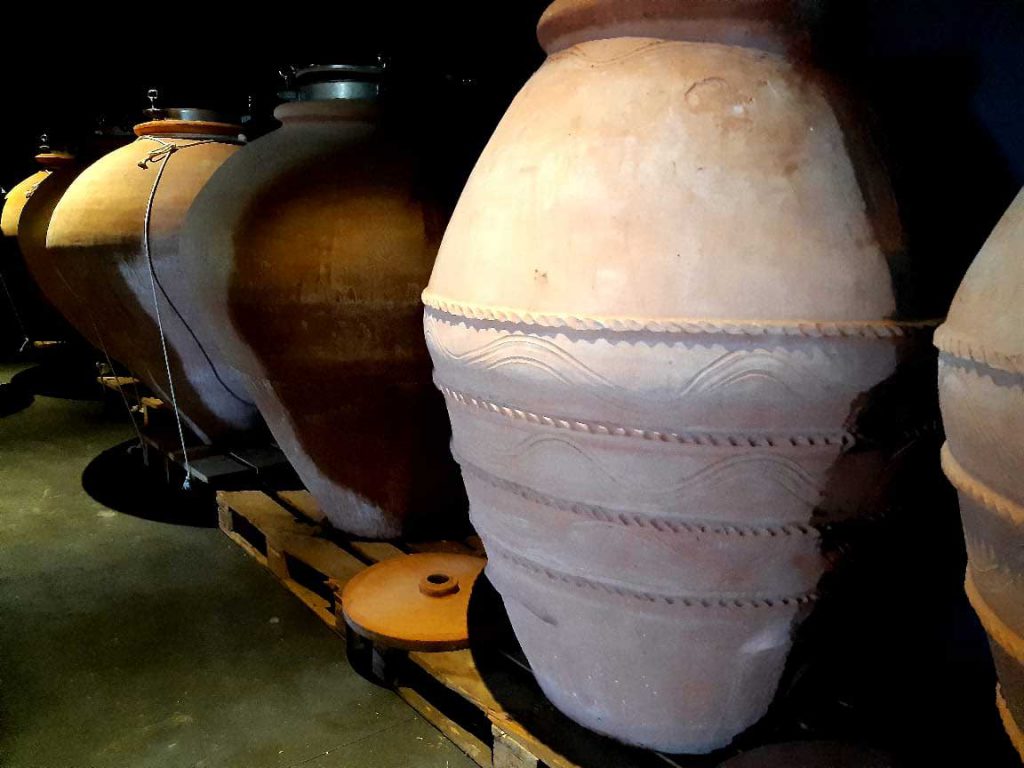
Georgian winemaking technique has become very well-known in the world. It is a unique method which has existed for at least 3000 years in human history. After years of archaeological excavations and research it has also been established that the territory of Georgia is the cradle of wine. In the years 2012 – 2016 at the archaeological site of “Gadachrilis Gora” in the southern part of the country were uncovered clay vessels with traces of wine. This very important discovery confirmed the hypothesis that 8000 years ago the wine was already being fermented by the populations of this territory.
It is also well known that this technique doesn’t exist without the Kvevri which is a specific earthenware clay jar for the production of wine. It has an oval shape with a pointed end, and it is completely buried in the ground leaving only the upper edge on the outside. The wine fermentation and maturation technique in Kvevri makes the Georgian wine tradition unique in the world of winemaking. In order to label the wine “Kvevri Wine” it has to ferment and age for at least six months in this specific underground jar.
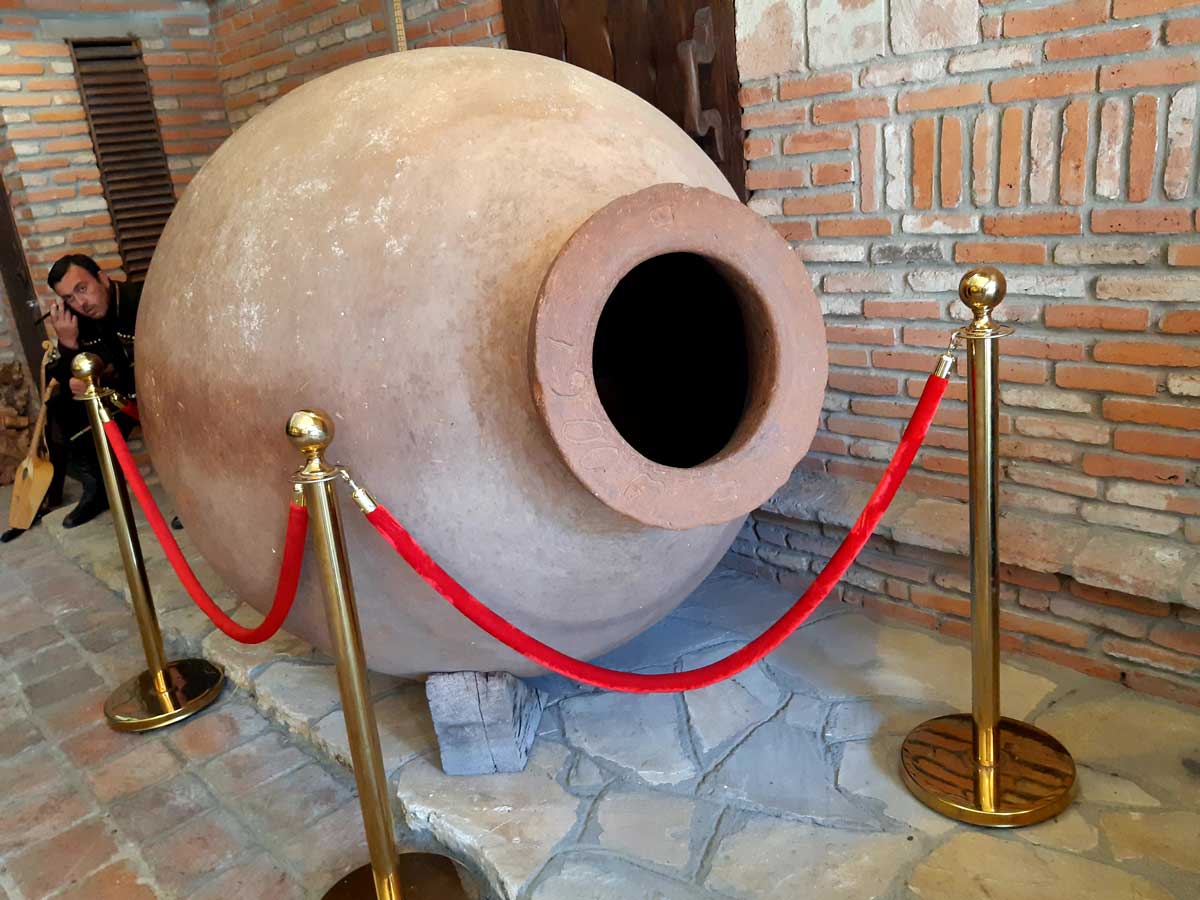

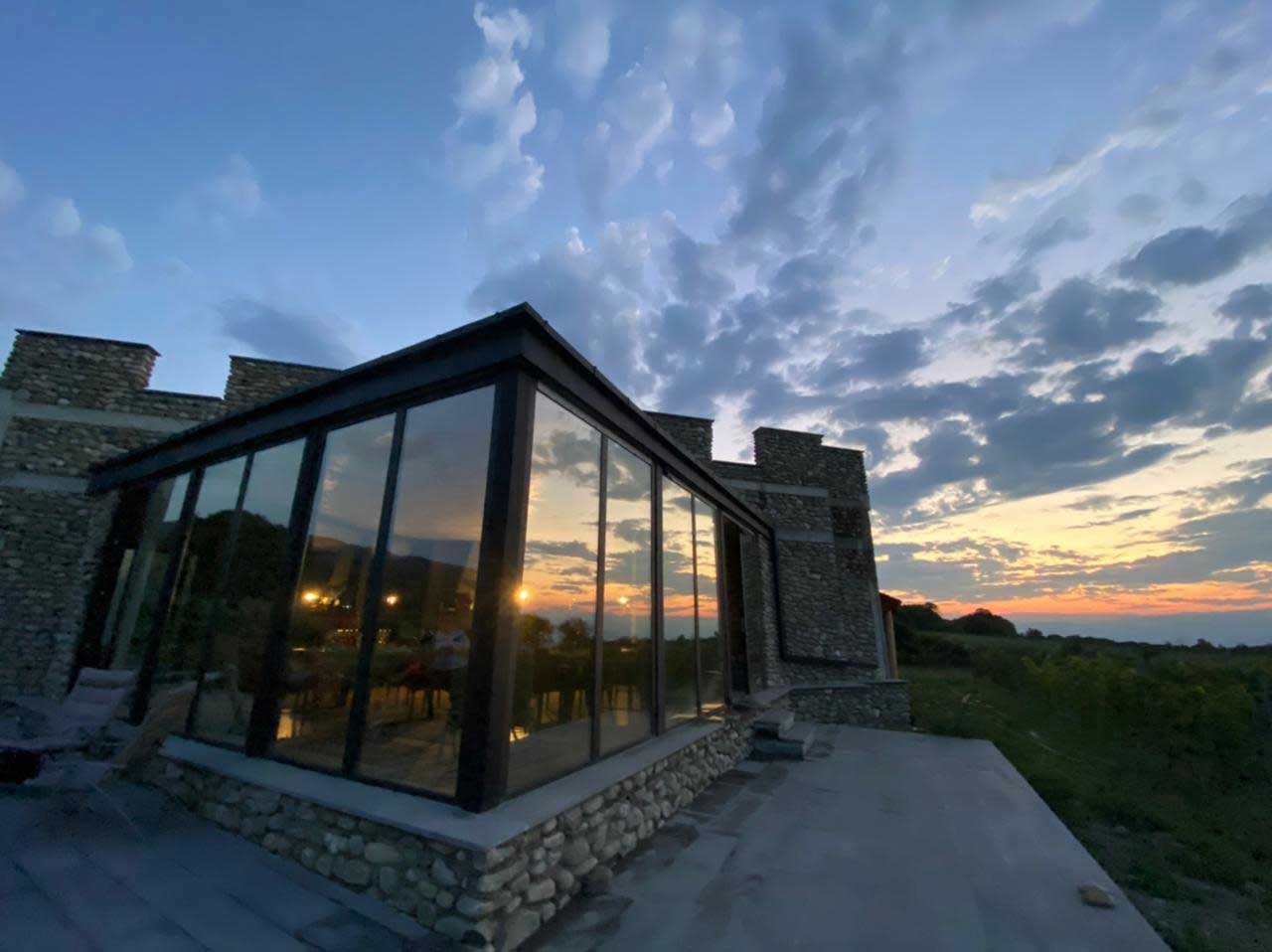
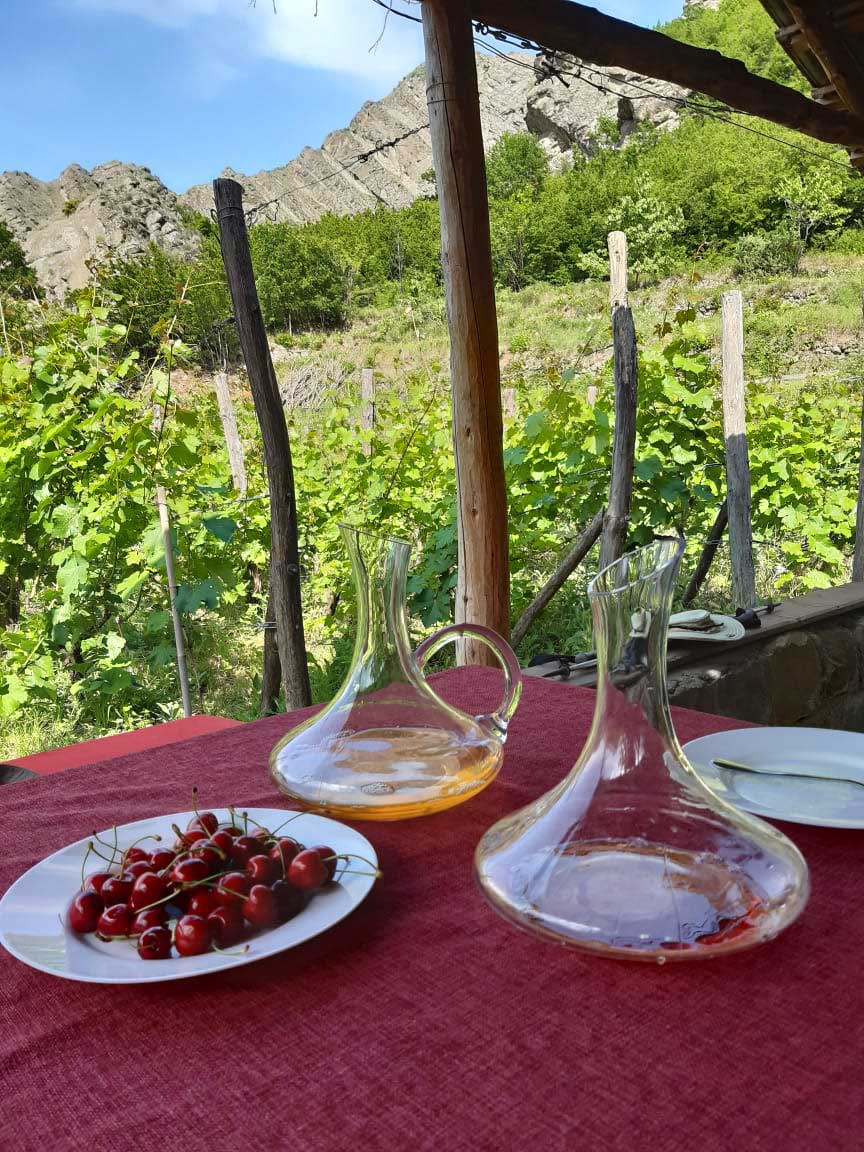
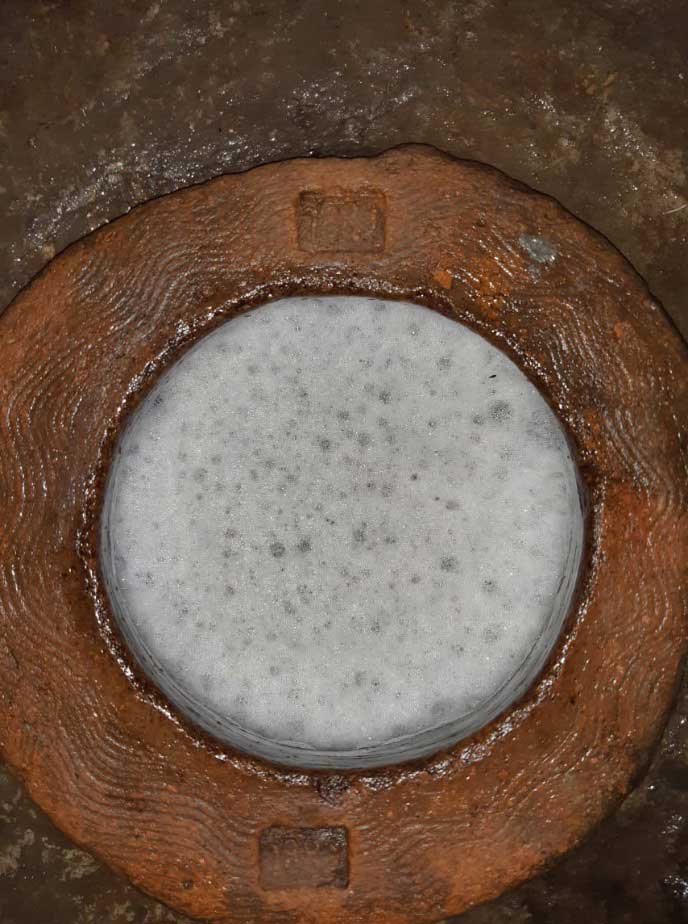
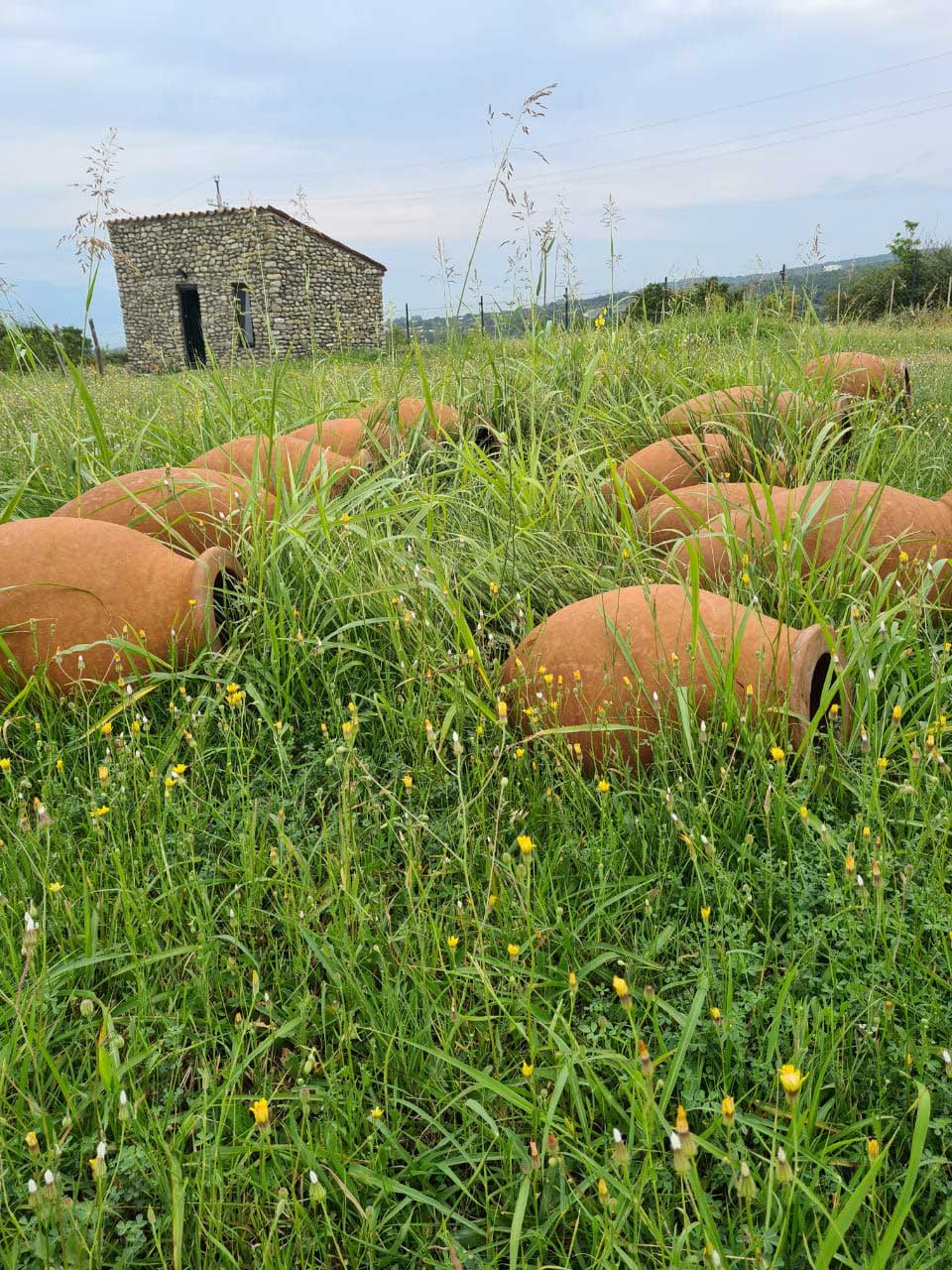
For its uniqueness and its long-lasting tradition, in 2015 UNESCO included this Georgian method for the production of wine in Kvevri and Kvevri itself in world cultural heritage list. Furthermore, since 2021 Kvevri has become a Georgian appellation of origin. It is important not to confuse wine “made in amphora” with wine “made in Kvevri” as these are two different artifacts that involves different processes of wine fermentation and aging. Kvevri have many sizes ranging from 20 to 5000 liters and can last for 200-300 years if used and treated with care.
Kvevri are used for wine production in all regions of Georgia. However, there are differences in production techniques in Kvevri between the Western and Eastern Georgian regions. For example, Kvevri of Imereti region (Western Georgia) are slightly different from those of the Kakheti region. Traditionally, in Imereti the Kvevri are not buried in a closed place but in the open air in the shade of trees. Another difference lays within the way of producing wine and the maturation process. In Imereti, the fermented wine is poured into another Kvevri for maturation for six months without adding the skins. This makes the wine less full-bodied and clearer. In the Kakheti region the ripening takes place in a different way and is carried out in several stages. After the harvest the grapes are first fermented in Kvevri and then racked into another Kvevri with part of the skins for six months. Thanks to the conformation of the vessel in the maturation process the skins are deposited naturally on the bottom of Kvevri and this is how the wine naturally gets filtered. After six months of maturation the wine is poured into another Kvevri where it is left to rest for another 6-8 months and then bottled.